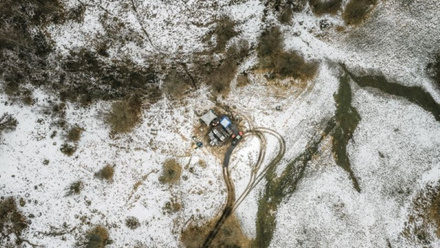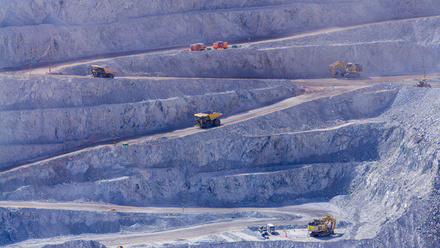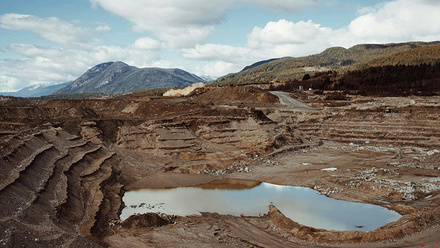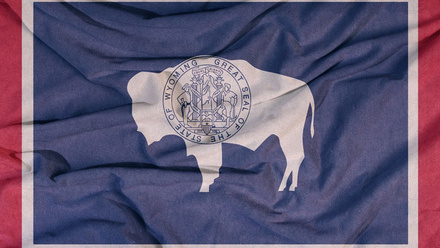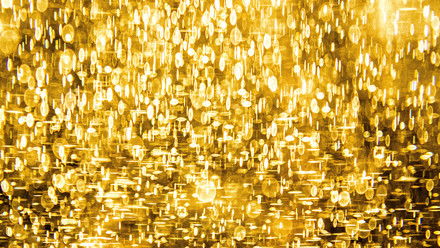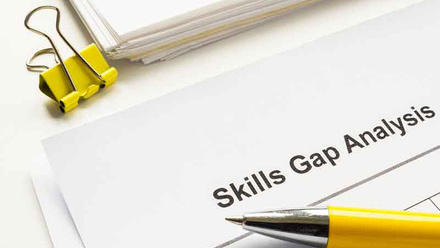Sewage potential source for EU phosphorus
The agricultural sector could turn to sewage to source domestic supplies of phosphorus to enhance food security, says new analysis.
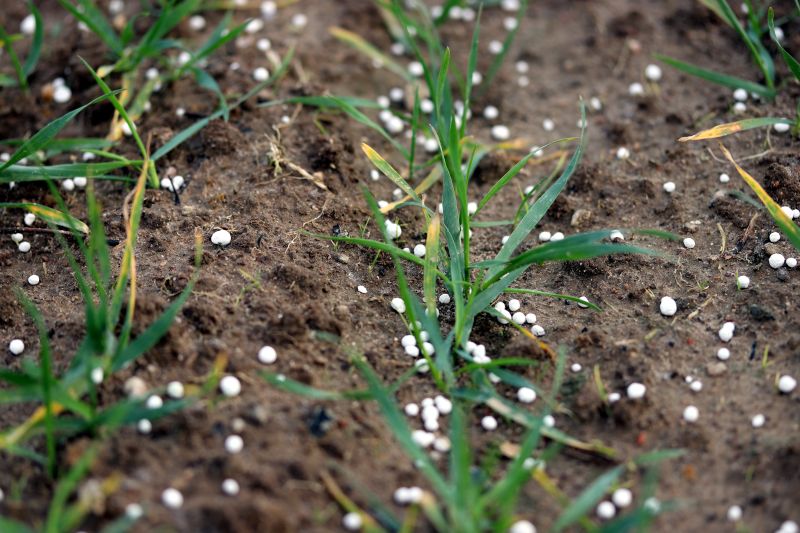
This would reduce reliance on Russian supply. Fertilisers are exempt from sanctions to avoid food shortage.
The EU-imported phosphorus fertiliser and phosphate were worth close to €1bln from Russia in 2024, making up around 25% of total imports, an analysis by environmental company Ragn-Sells has found.
They used import data from the Directorate-General for Agriculture and Rural Development.
In total, businesses in EU countries bought various types of phosphorus fertiliser and phosphate worth €3.97bln from countries outside the union in 2024. Imports from Russia accounted for €989mln euros.
The current active phosphate mine in the EU only services 5-10% of demand in EU farms.
Russia remains the EU’s second most important partner for phosphorus imports, according to the analysis.
The top source Morocco is home to the largest-known phosphate reserves in the world, selling more than €1.4bln worth to EU companies in 2024.
Phosphorus has been recognised as a critical raw material by the EU for more than a decade.
Sewage sludge, the solids that remain when water has been removed from sewage at wastewater treatment plants, contains high levels of phosphorus. This phosphorus can be recovered and used as fertiliser on farmland but is not permitted in animal feed.
This ban means businesses are discouraged from building facilities in Europe to scale up the technology.
The ban was introduced in large part to counter the risk of BSE (mad cow disease) spreading through feed, but has been rendered obsolete by modern methods, according to Ragn-Sells.
They report that, as the sludge is incinerated, potential pathogens are destroyed before phosphorus is extracted from the ashes.
‘Being so dependent on importing phosphorus to simply produce enough food makes the EU weak and vulnerable. Europe must take back control over its food supply by starting to recover the phosphorus we already have in the sewers. The first step is lifting the outdated ban on phosphorus produced from waste in animal feed,’ says Pär Larshans, Chief Sustainability Officer at Ragn-Sells Group.
Among EU countries, Germany has come the furthest in terms of moving from traditionally mined and imported phosphorus to circular sourcing.
A law passed in 2017 requires wastewater treatment plants to recover most of the phosphorus from sewage. This law comes into effect for the largest plants in 2029, followed by smaller facilities in 2032.
Ragn-Sells reports EU import sources for phosphorus fertiliser and phosphate in 2024:
1. Morocco: €1.437mln
2. Russia: €989mln
3. Israel: €320mln
4. Norway: €220mln
5. Egypt: €144mln
Categories included in the analysis are phosphatic fertilisers, phosphates and mixed fertilisers.


